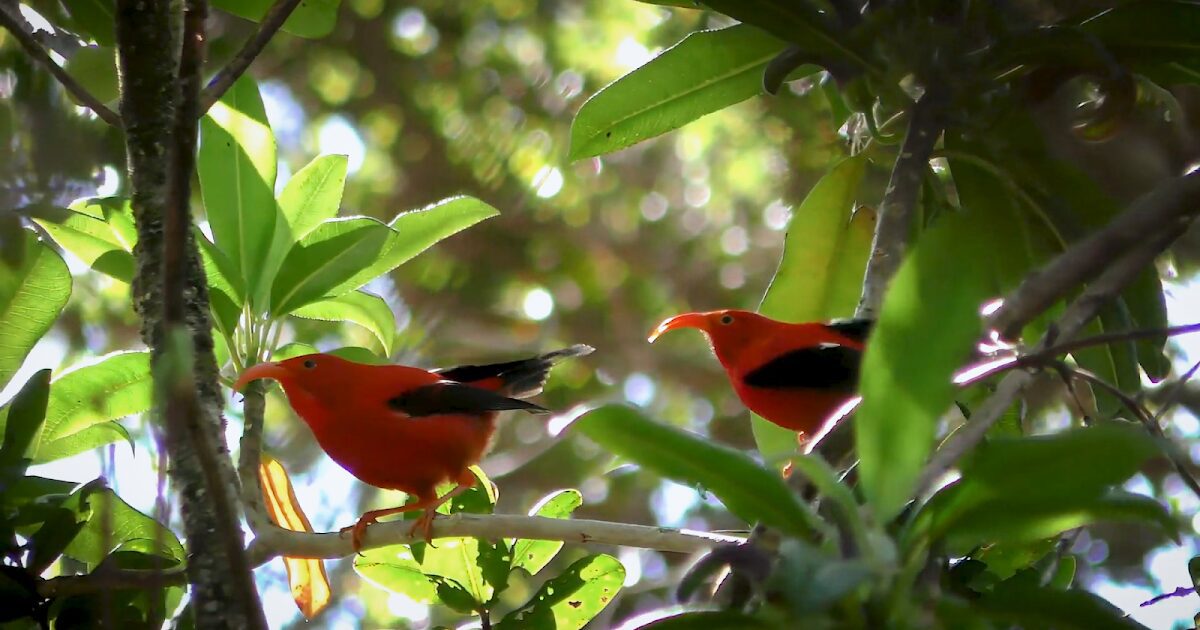Unlocking Nature’s Secrets: The Power of Acoustic Monitoring
Ever heard the phrase “silence speaks volumes”? Well, in the world of conservation, it turns out silence can be quite deceiving. Our planet is alive with the sounds of biodiversity, mostly hidden from us unless we take the time to listen. Enter Perch, an innovative AI model making waves in acoustic monitoring. Released by the dedicated Perch Team, this tool is a game changer in analyzing audio data and protecting endangered species—from the vibrant Hawaiian honeycreeper to the delicate ecosystems beneath our oceans.
The Journey of Sound: Understanding Bioacoustics
Imagine walking through a lush forest, surrounded by the hidden melodies of birds, frogs, and rustling leaves. Scientists are using microphones—think of them as nature’s ears—to capture these sounds and decode the health of ecosystems. But here’s the kicker: sorting through mountains of audio data to figure out what’s out there can feel like finding a needle in a haystack.
That’s where Perch steps in. This newly updated model can analyze bioacoustic data faster and more accurately than ever, allowing conservationists to focus on what really matters: saving species and habitats. It’s like giving scientists a superpower—they can now effortlessly untangle complex acoustic scenes over thousands of hours of recordings. Check out this link for more details on how it works!
Perch in Action: Real-World Impact
Since its launch in 2023, the original version of Perch has been downloaded over 250,000 times. That’s not just a number; it’s a testament to its practicality in the field. For instance, Perch’s vector search library is now integrated into Cornell’s popular BirdNet Analyzer, enhancing tools that biologists already trust.
A standout success story? Perch has been instrumental for BirdLife Australia and the Australian Acoustic Observatory, helping identify unique Australian species. They even discovered a fresh population of the elusive Plains Wanderer, a bird that hadn’t been spotted in decades! Just imagine the excitement of spotting a long-lost friend in the wild.
How It Works: The Tech Behind the Magic
So, what’s the secret sauce behind Perch? It’s not just about bird calls; the new model has been trained on a wider range of species—including mammals and amphibians. And it’s open source, giving scientists everywhere the tools they need to build their own classifiers in no time.
- Rapid Analysis: If you’re a scientist trying to monitor populations, Perch can pinpoint individual birds and track their abundance swiftly.
- Flexibility: Think about it like this: you’ve got a new song playing on repeat in your head. With Perch, scientists can analyze a single sound and find similar ones in vast datasets.
The combination of vector search and active learning has a catchy name: “agile modeling.” Check out how it works in this recent study.
Looking Forward: A Sound Future for Conservation
With the world facing rapid environmental changes, tools like Perch are more essential than ever. They allow researchers to maximize their conservation efforts, leaving them more time for hands-on work. From the forests of Hawai’i to coral reefs, the project illustrates how tech can address some of our planet’s biggest challenges.
In a nutshell, every recording analyzed is a step toward a world rich in biodiversity and vibrant ecosystems.
Want More Insights Like This?
So, what’s your take on the role of AI in conservation? Sound off in the comments! And if you’re eager to dive deeper into this fascinating field, consider following related insights on our blog.
Learn more about bioacoustics, and let’s keep the conversation going!
